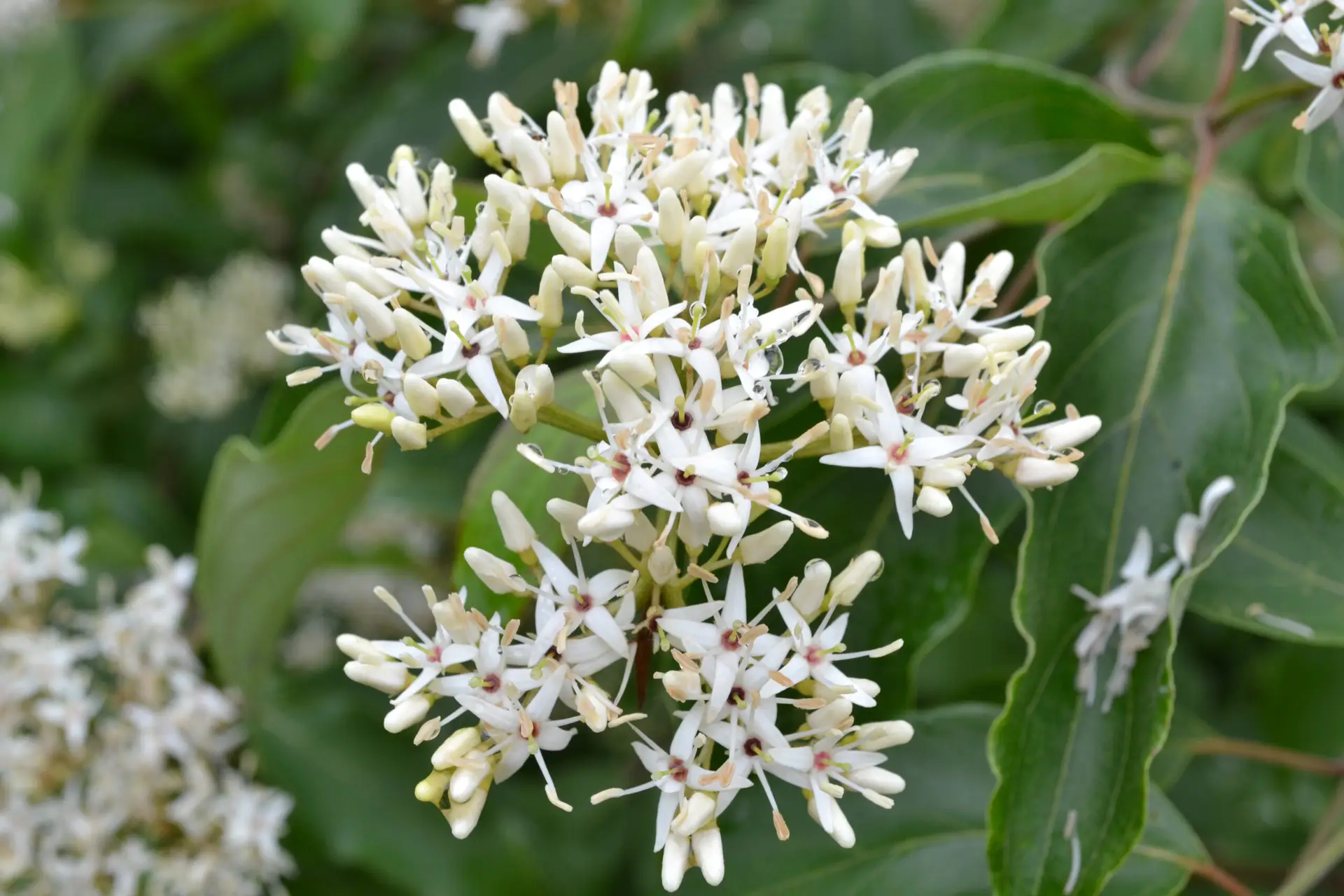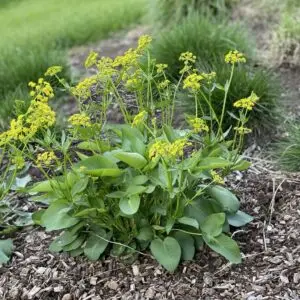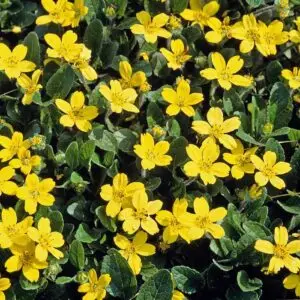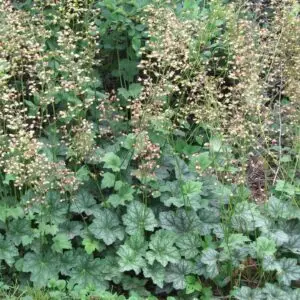| Size | Trade Gallons, Two Gallons, Three Gallons |
|---|
Cornus amomum – Silky Dogwood (B&B.BW.DR.FC.H.M.MTH.NB.OP)
$40.00
Ecosystem Services:
(B)-Birds (B&B)-Birds & Butterflies
(BTF)-Butterflies (BW)-Black Walnut Resistant
(DR)-Deer Resistant (DRGHT)-Drought Resistant
(EC)-Erosion Control (EVR)-Evergreen
(FC)-Fall Color (FRG)-Fragrant
(GRD)-Groundcover (H)-Host plant
(HMR)-Hummingbirds (M)-Mammals
(MTH)-Moths (N)-Nectar
(NB)-Native Bees (NST)-Nesting Material
(OP)-Other pollinators (RR)-Rabbit Resistant
(SHWY)-Showy (SPC)-Specimen Plant
Silky dogwood is a native, medium—to large-sized deciduous shrub in the dogwood family (Cornaceae). It is native to central and eastern parts of the United States and parts of Canada and is typically found in swamp borders, wetlands, and near streams and ponds.
The silky dogwood prefers well-drained medium to wet acidic soils. It may be grown in full sun or partial shade and even tolerates close to full shade. The roots need to be kept cool and moist during the summer. Two to four inches of mulch should be added to protect the plant’s roots. If the shrub branches touch the ground, they may form roots at the nodes.
This shrub is multi-stemmed, open, and rounded and may grow 6 to 12 feet tall. The leaves and twigs have silky hairs. A distinctive feature of this shrub is the dark brown pith of 1- to 2-year-old stems and dark-reddish twigs. Clusters of creamy white flowers bloom in the spring followed by blue drupes that ripen late summer. The berry-like drupes appear in drooping clusters from August to September, attracting many birds. Thickets may result if the growth of the shrub is not controlled. The shrub also may be propagated by seeds, cuttings, or layering.
This is a good shrub selection for moist to wet landscape areas. It is not overly ornamental and is somewhat wild and unkempt for placement in prominent areas. Consider the silky dogwood for moist woodlands, naturalized areas, or sites near streams/ponds. It is also effective for erosion control.
The Pagoda Dogwood is a host plant to more than 91 species of Lepidopterans, including the Definite Tussock Moth, Hickory Horned Devil, Funerary Dagger Moth, the Imperial Moth, and the Crocus Geometer.
Only logged in customers who have purchased this product may leave a review.






Reviews
There are no reviews yet.